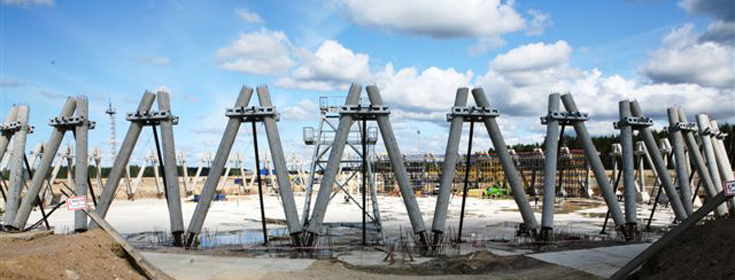The enterprise’s managerial accounting was of a fragmentary character.
No distinction was made between overhead and general administrative expenses. At the same time, production cost diversity principles were not observed.
No accounting of general administrative expenses was conducted in the structural units and, correspondingly, no units’ expense management was carried out. The losses on items were not sufficiently detailed.
Even taking into account the fact that the plan had a job order costing character, the lack of flexible expense items in planning made it impossible to control the variable costs in a proper way.
The budgets of incomes and expenses, cash flow and balance sheets were not conducted. No financial performance control of asset turnover was carried out. There was no system of the enterprise’s financial and non-financial performance and its structural units; the units’ reporting system was absent.
In order to improve the enterprise’s financial management efficiency, the financial structure was developed and the Accounting Centers were singled out.
The organization of the Accounting Centers enables the company's management to set goals and to analyze activities in two directions:
- structural, i.e. associated with the enterprise’s organizational chart subject to the powers granted to the Heads of the Departments;
- commodity allowing to take management solutions related to the goods’ development and production.
The developed organization of the Accounting Centers is presented in the Accounting Center Regulation.
The management accounting adopted by the enterprise as a result of the researches makes it possible to analyze the profitability of each product line. It is the basis of the enterprise’s effective product portfolio management taking into account all the costs incurred.

 About our Company
About our Company



